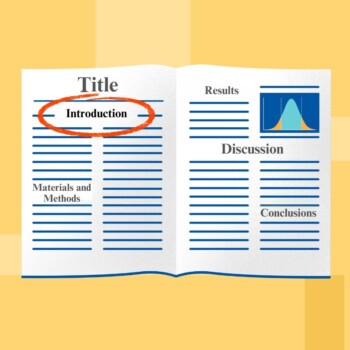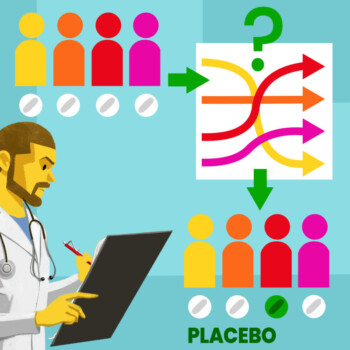The “Materials and Methods” section constitutes the heart of a scientific article and provides the reader with all the necessary information to evaluate the adequacy of the research methodology, as well as the reliability and validity of the reported results.
The goal of the “Materials and Methods” is to enable readers to (a) understand how and why the experiments were conducted, (b) comprehend the results and conclusions of the study, (c) be able to replicate the study, and (d) recognize the robustness of the results and conclusions based on the strength of the methods and study design.
Referring to the rule of the 5Ws + 1H from Anglo-Saxon journalism (Five Ws and How, or Kipling’s method), there are six questions we should answer to inform the reader clearly and comprehensively:
- Who? Who is involved?
- What? What was done?
- When? When was it done?
- How? How was it done?
- Which? What equipment, tools, techniques, and analytical methods were used?
- Why? Why were specific research protocols, software, analytical and/or statistical methods employed?
The type of questions and the amount of detail required may vary depending on the field of interest, the type of study, and the potential readers.
Like the clinical article, the “Materials and Methods” section also follows a defined structure; this may be dictated by the guidelines of a specific journal or presented chronologically or thematically based on the type of study. It is advisable to structure the text adequately using paragraphs and subtitles to identify the different subsections. In fact, a well-organized section reflects knowledge and understanding of appropriate research techniques, thereby increasing the study’s credibility.
Typically, the “standard” content includes: the study design, materials, study population/subjects, measurement/evaluation methods, and statistical analysis. Additionally, in the case of clinical studies or studies involving biological or human material, ethical aspects of the study must be stated (approval from the ethics committee, along with the registration number, informed consent, and data protection).
The first part of the “Materials and Methods” should describe the study design, providing information on the geographical and clinical setting and the duration of the study. This paragraph should also define the dependent and independent variables, controls (e.g., baseline, control or placebo group), study duration, and sample size.
In the materials paragraph, the authors should accurately and exhaustively describe all elements (e.g., chemicals, drugs, experimental materials, questionnaires administered to patients, etc.) used in the study. They must also clearly indicate the characteristics of the target population, eligibility criteria, and the type of sampling chosen.
The methods paragraph should describe the protocols and/or procedures used, following the order of the results. The level of detail applied will depend on the novelty of the methodologies used. In the case of previously described methods, it is acceptable (and preferable) to cite bibliographic sources.
Finally, it is appropriate to describe the statistical methods employed, defining the level of significance and the analysis tools and software used. Generally, this paragraph begins with a preliminary analysis aimed at describing the data trends within the sample considered (descriptive statistics), followed by specific tests (inferential statistics) that describe the association between variables or assess the effect of experiments, allowing for the generalization of results. Consulting an expert in biostatistics can be useful for drafting this paragraph, as they can contribute specific skills and experience.
Conventionally (and incorrectly), the “Materials and Methods” section is considered one of the simplest to write, as it does not require any analysis or interpretation. However, despite being purely descriptive, about 30% of articles are rejected by scientific journals due to insufficient or inadequate methodological information or lack of ethical approval. A well-written “Materials and Methods” helps the peer review process, increasing the likelihood of manuscript acceptance and, subsequently, the possibility of including study results in secondary analyses, systematic reviews, and/or meta-analyses. Therefore, it is worth investing time and resources in accurate and meticulous writing.









